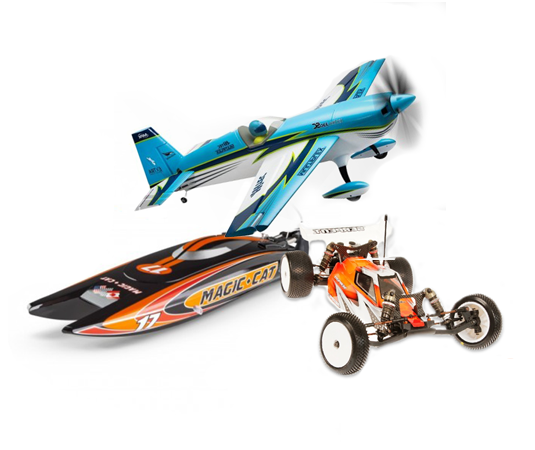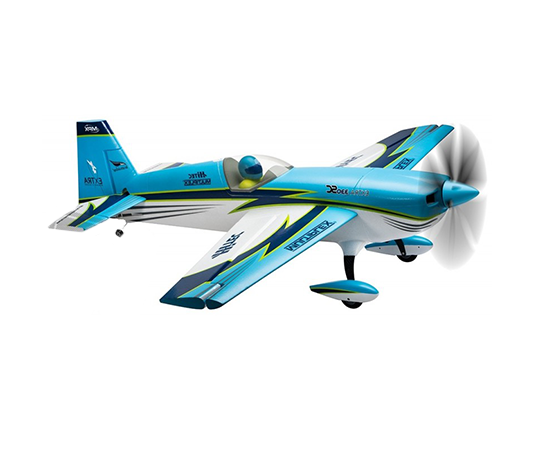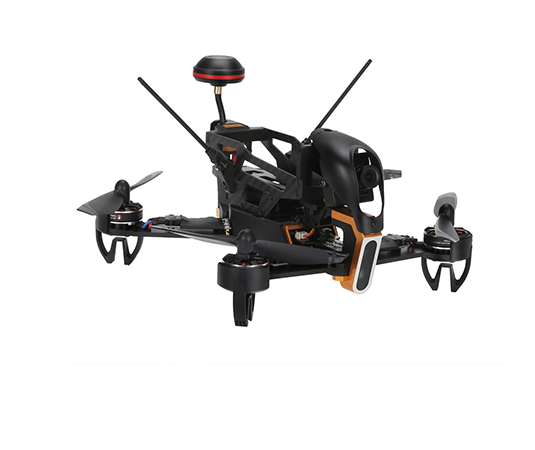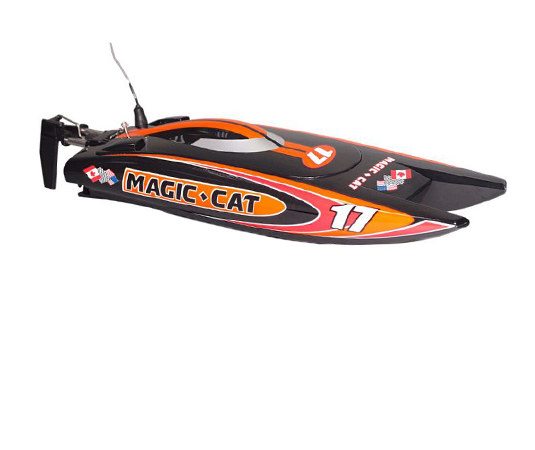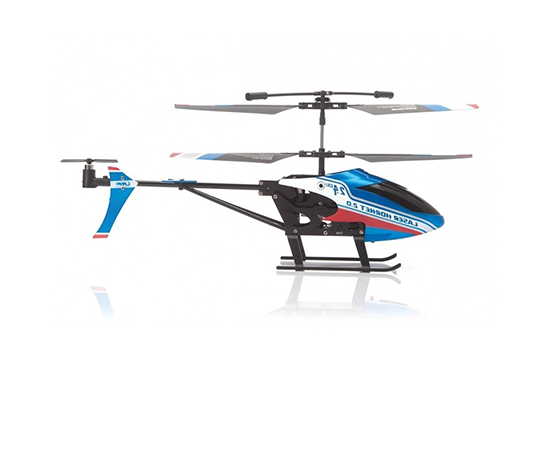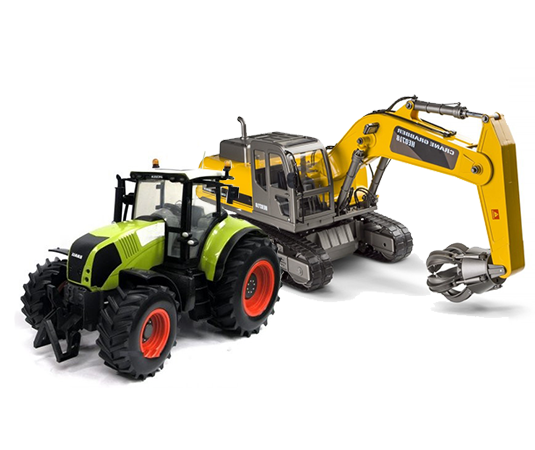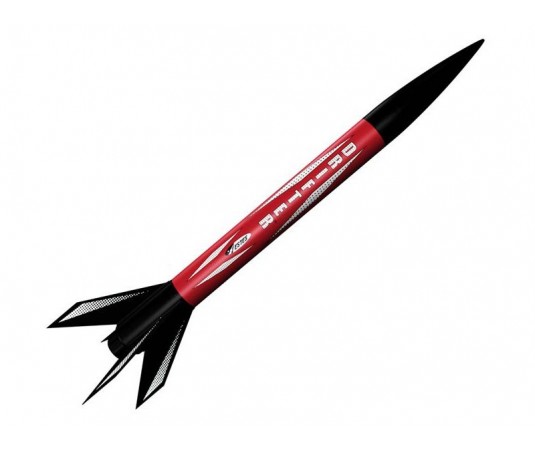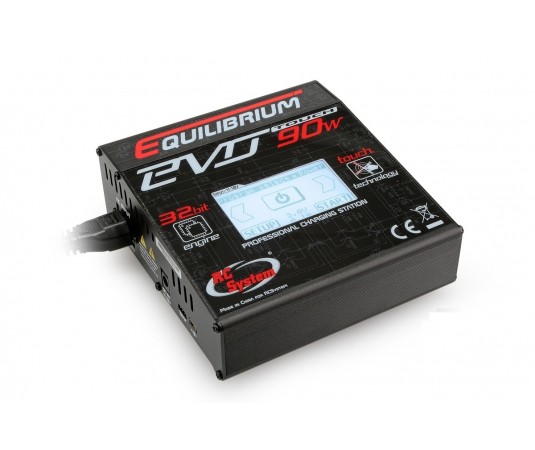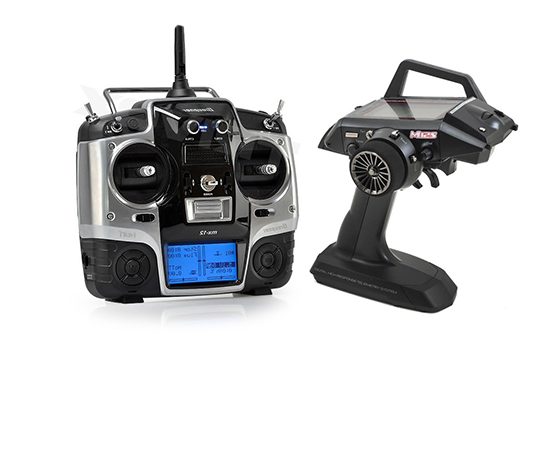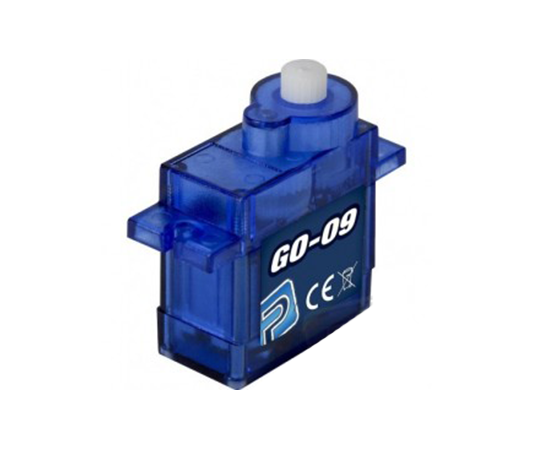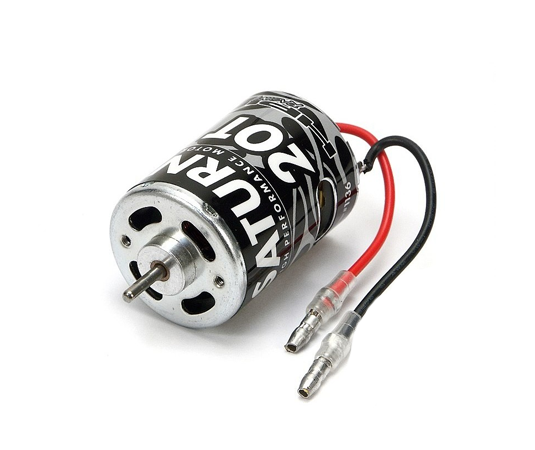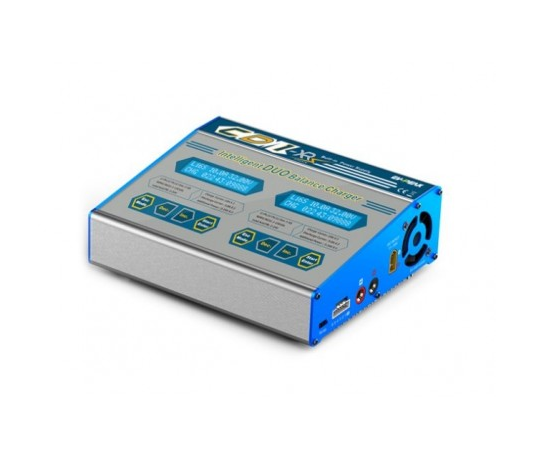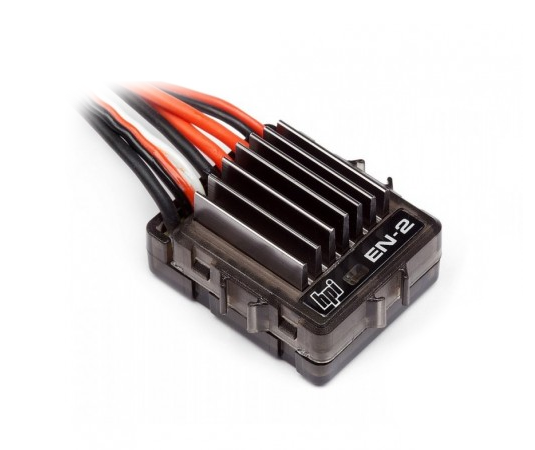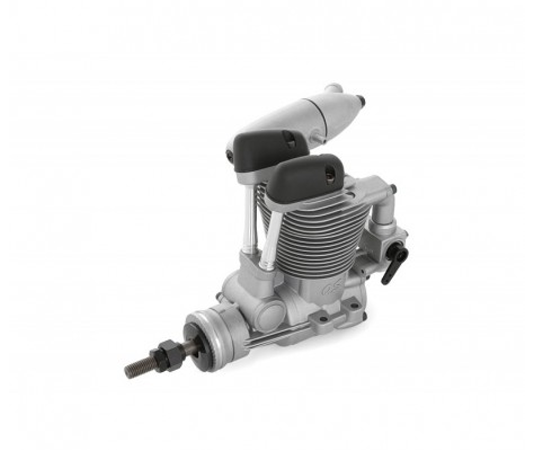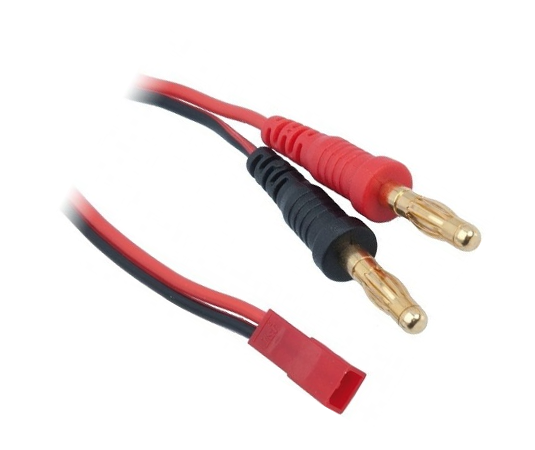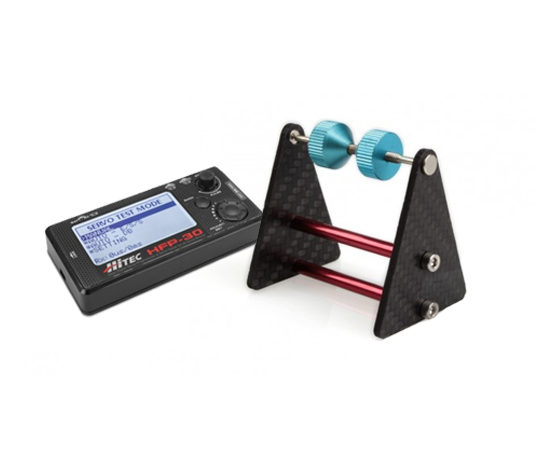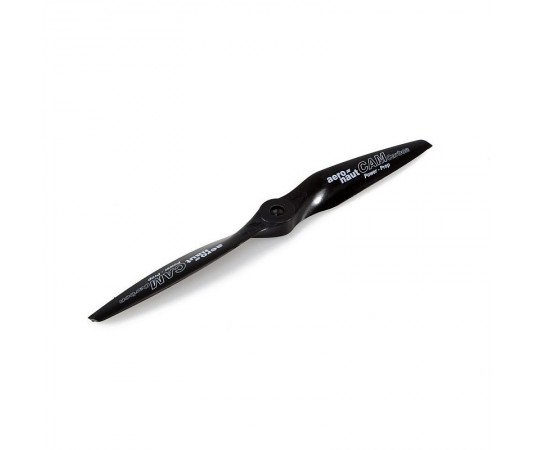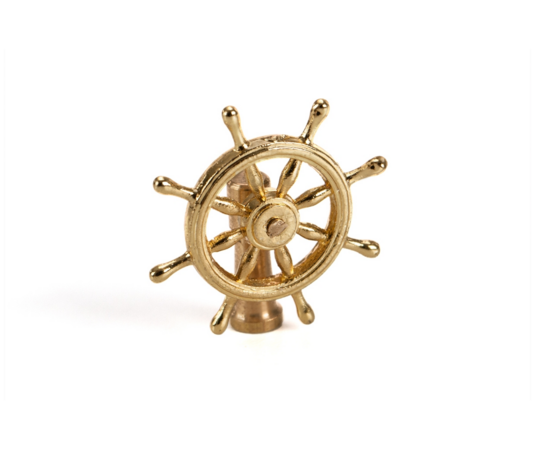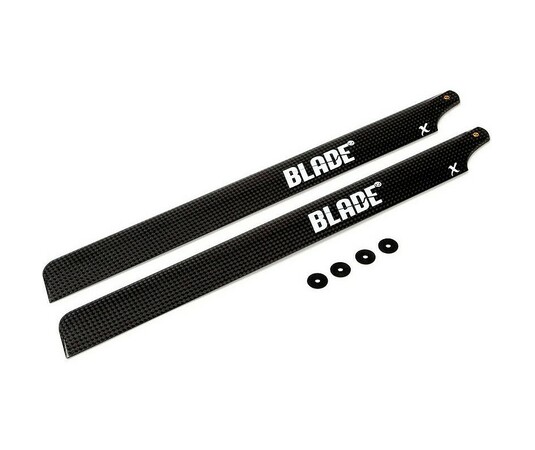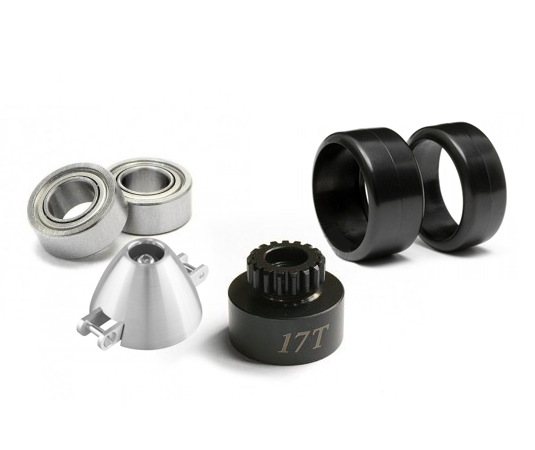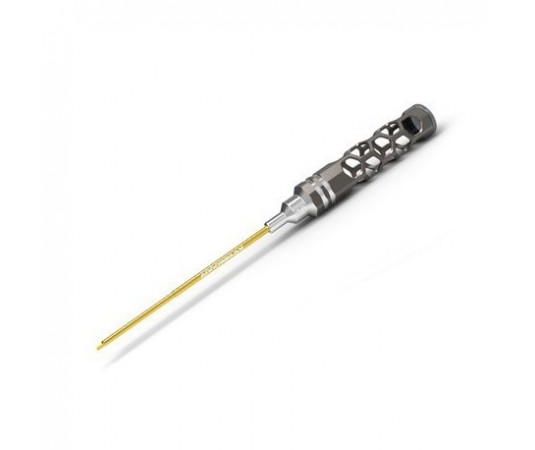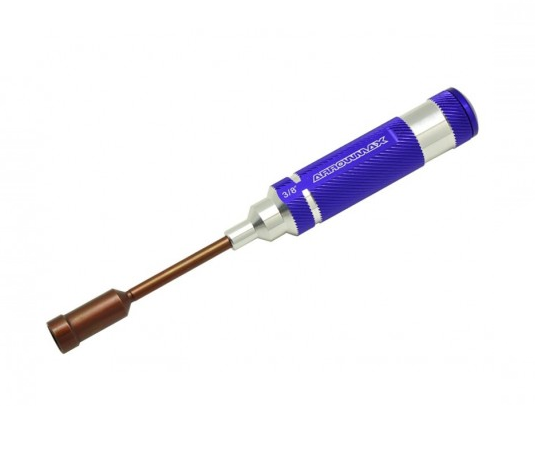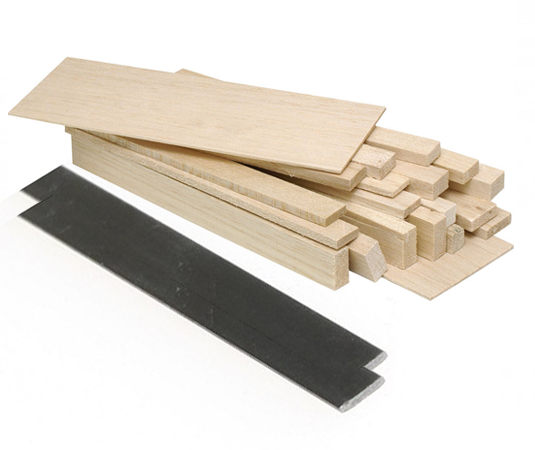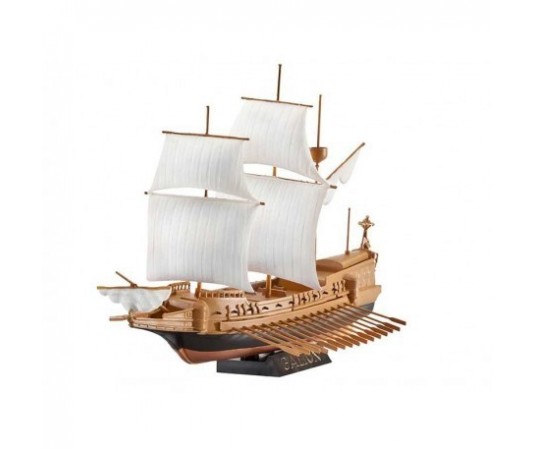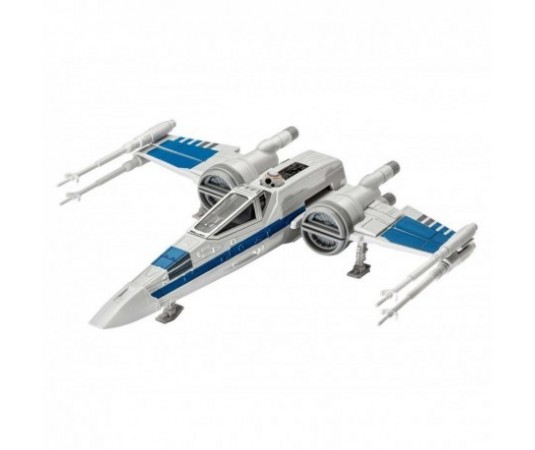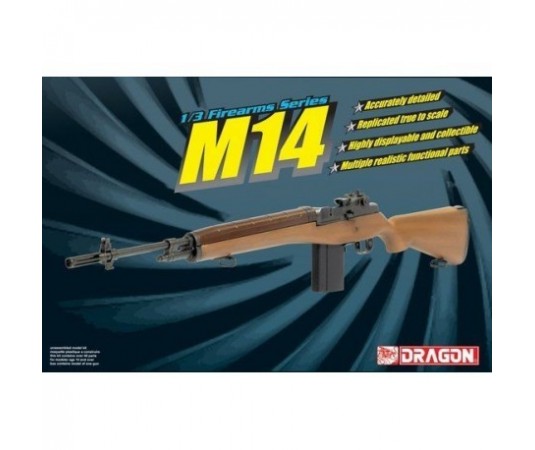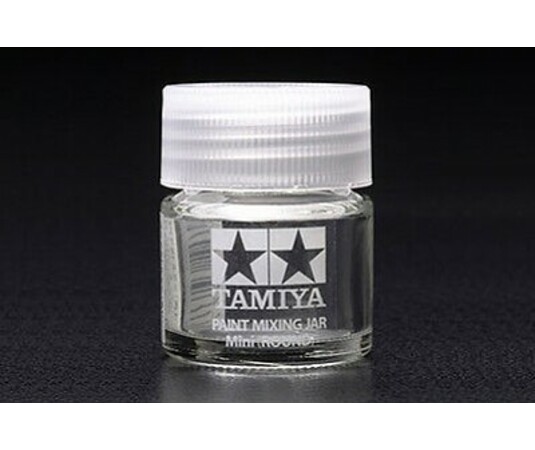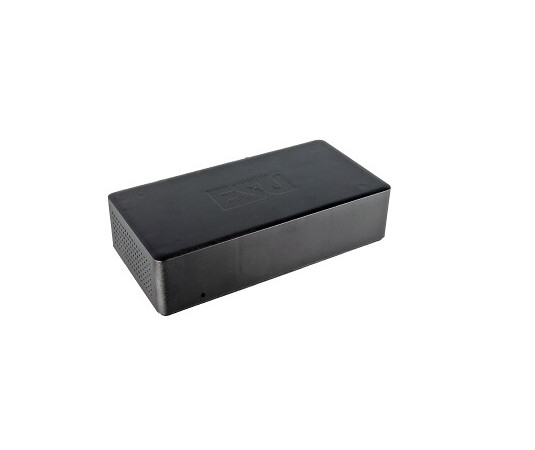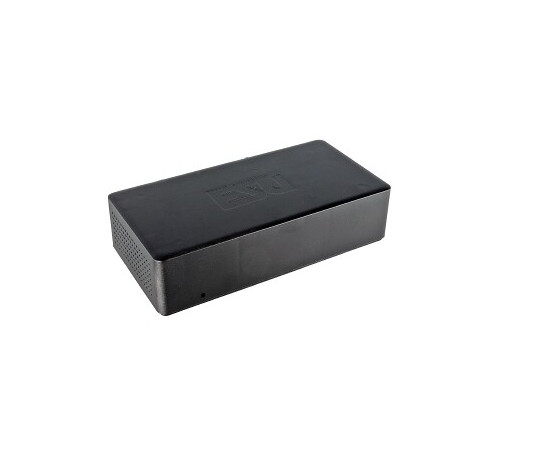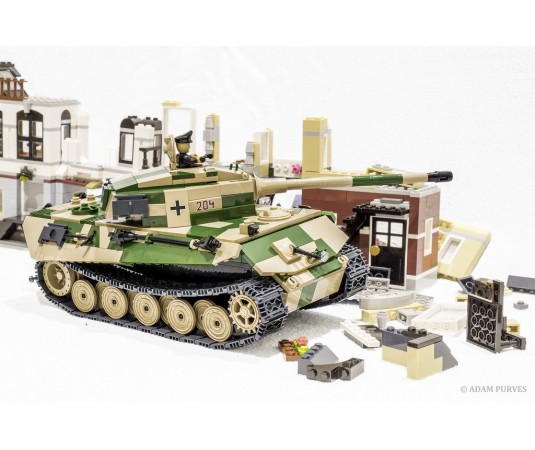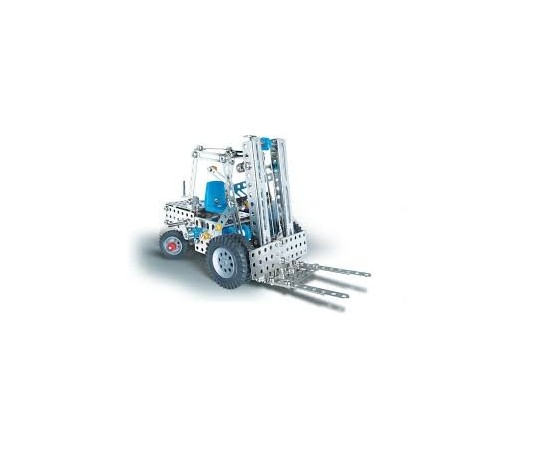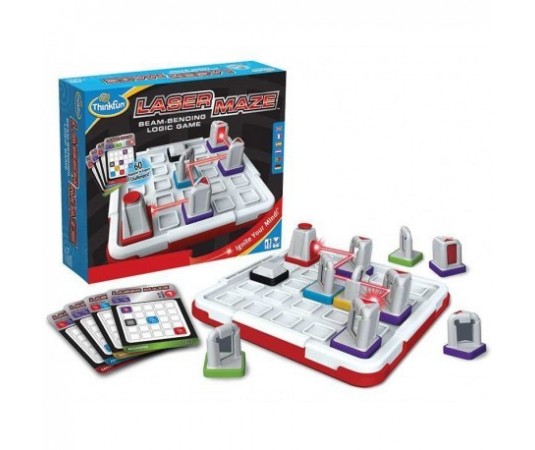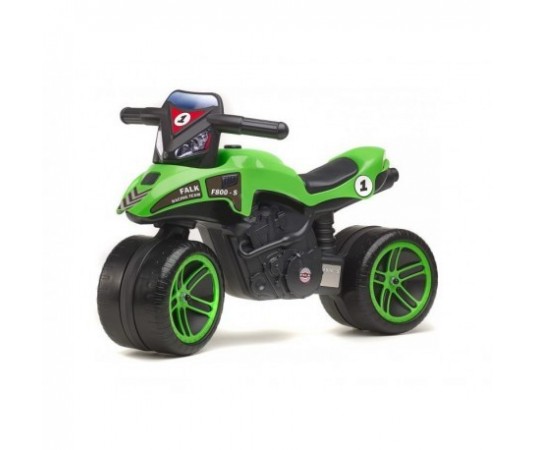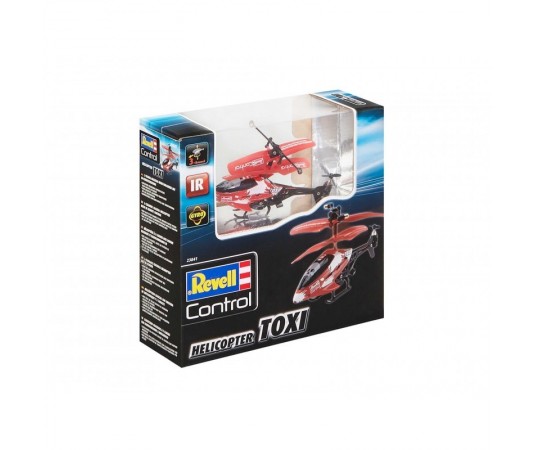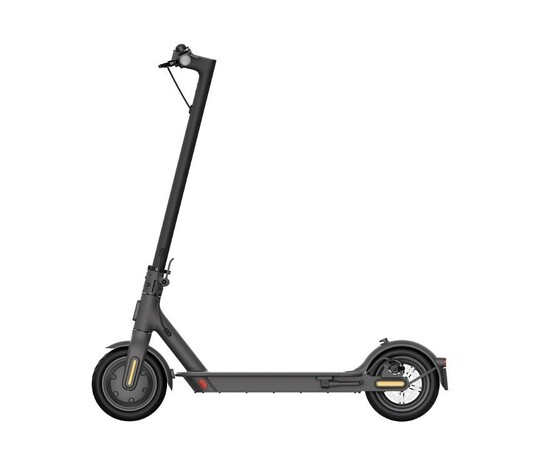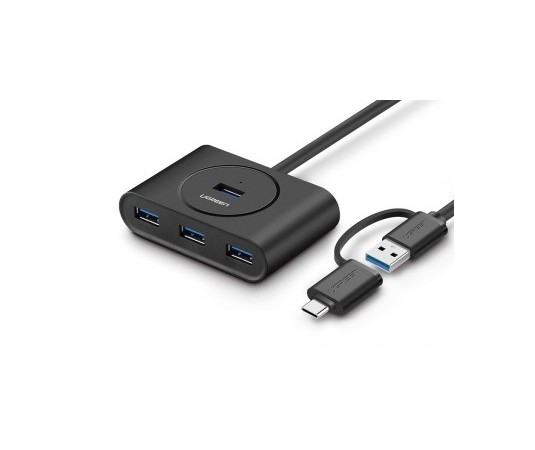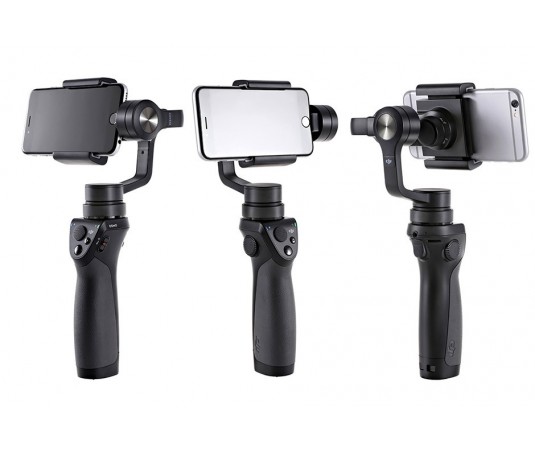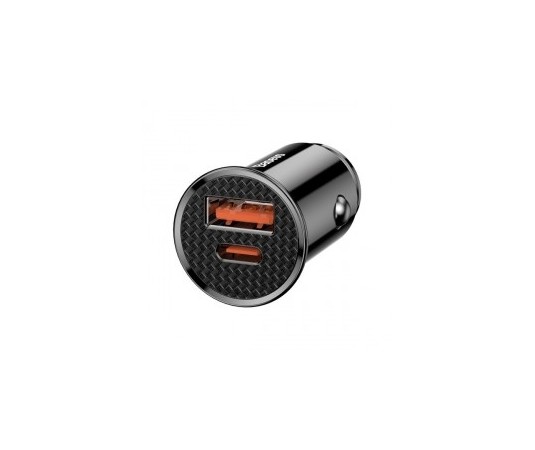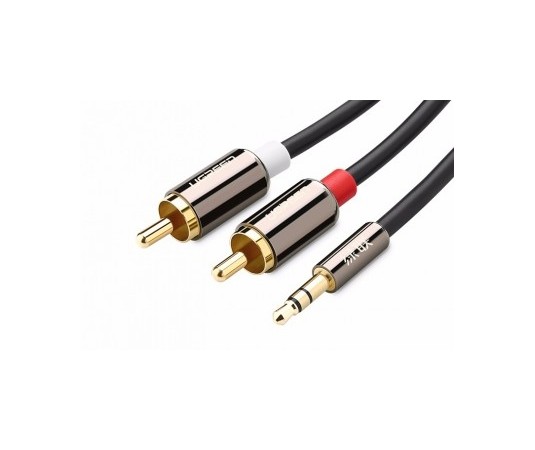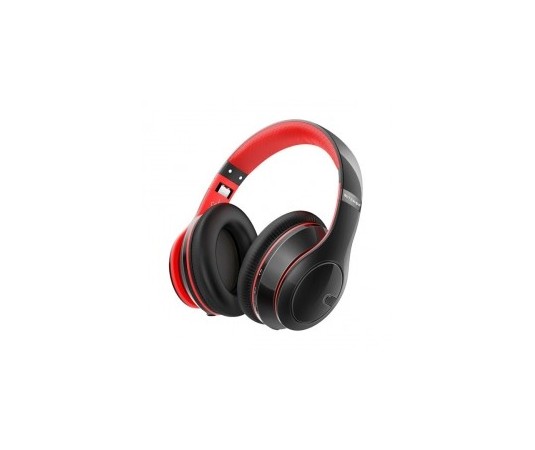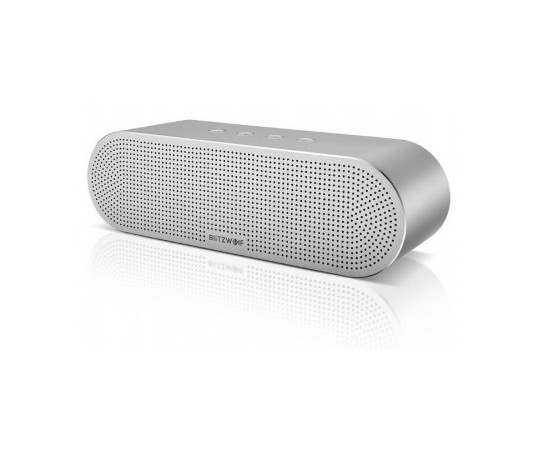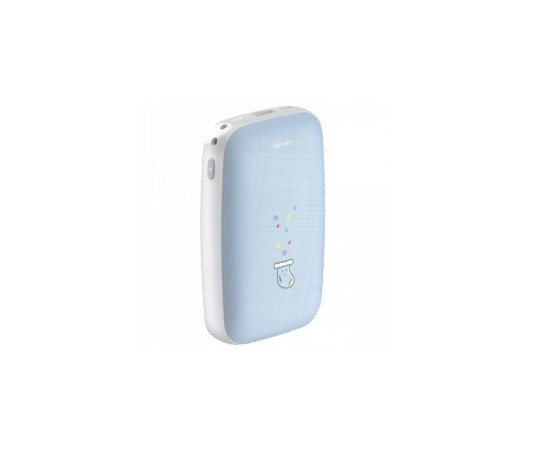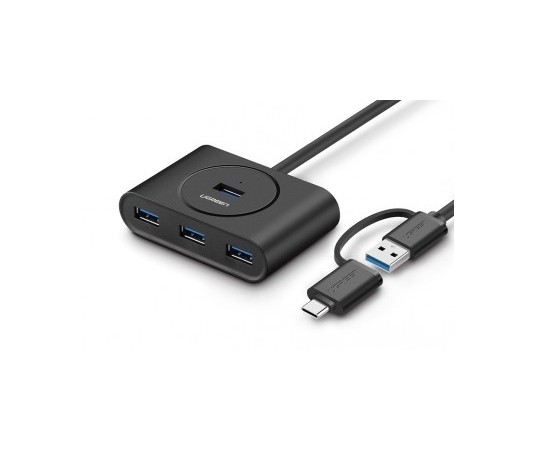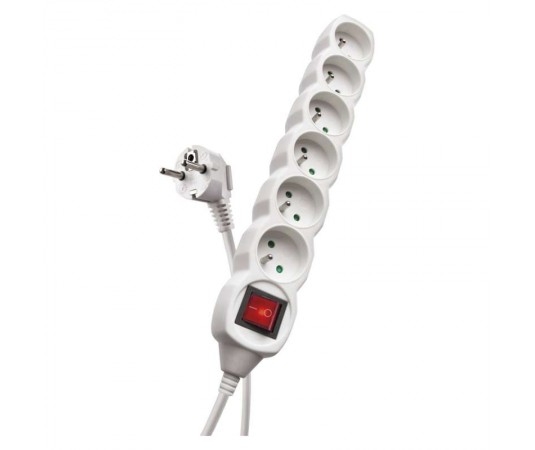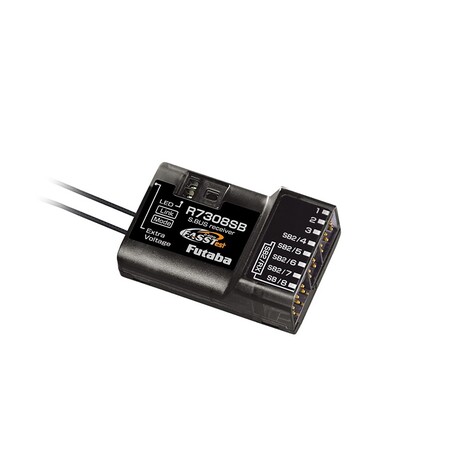Futaba R7308SB FASSTest receiver 8k

Express delivery

Large selection of carriers

Satisfaction guarantee
Eight-channel Futaba FASSTest-2.4GHz and FASST transmission system telemetry receiver (without telemetry) with a pair of full-range diversity antennas. It is intended for general use in models of all categories; thanks to its compact dimensions, low weight and connectors inserted in the longitudinal axis, it is also suitable for models with a slim hull, such as F3B, F3J gliders, etc. Thanks to selectable channel modes and the possibility of dual receiver operation, it will also serve well in models requiring a large number of channels - in this case, a pair of R7308SB will provide up to 16 classic PWM channel outputs or 14-15 PWM outputs and 1-2 S.BUS serial outputs. In addition, the receiver is equipped with an S.BUS2 port for two-way communication allowing the connection of S.BUS2 servos, telemetry sensors and other compatible devices, as S.BUS2 ports can also be used by sockets of channels 4-7. The operational states of the receiver are signaled by an LED indicator.
Transmission system
Futaba FASSTest-2.4GHz with telemetry for flying models.
Note that only digital servos can be used in FASSTest12CH and High Speed FASST modes.
Power supply
4.8-7.4 V (nominal voltage) – i.e. e.g. 4-6 NiMH, 2S LiPo, LiFe, Li-ion batteries, BEC power stabilizers in the given voltage range.
Antenna
The receiver is equipped with a pair of diversity antennas in order to maximize signal reception regardless of the relative position of the model and the transmitter. These must be fixed in the model with a mutual orientation of 90°. The antennas are equipped with housings that improve the directional characteristics of the antennas.
Receiver outputs, channel modes
The receiver is equipped with sockets for standard Futaba connectors (with a protrusion), into which you can of course also insert UNI connectors (=JR/Graupner, Hitec) without a side protrusion.
Channel outputs (PWM/S.BUS): The R7308SB allows changing the channel assignment, as shown in the table below, allowing the use of a combination of classic PWM outputs and S.BUS output or dual-receiver operation (requires the use of a Futaba transmitter enabling dual-receiver operation), in which a pair of R7308SB can offer up to 16 classic PWM channels or 14-15 PWM outputs and 1-2 S.BUS serial outputs, or other combinations with additional S.BUS2 input/output ports. Channel modes are selected using a button on the receiver in a special setting mode – channel modes cannot be changed in normal operating mode.
| Channel | |||||||
| Output socket | Mode A 1-8 k | *Mode B 1-7 k | Mode C 1-6 k | Mode D 1-3 k | Mode E 9-16 k | F mode 9-15 k | Mode G 9-14 k |
| 1 | 1 | 1 | 1 | 1 | 9 | 9 | 9 |
| 2 | 2 | 2 | 2 | 2 | 10 | 10 | 10 |
| 3 | 3 | 3 | 3 | 3 | 11 | 11 | 11 |
| SB2/4 | 4 | 4 | 4 | S.BUS2 | 12 | 12 | 12 |
| SB2/5 | 5 | 5 | 5 | S.BUS2 | 13 | 13 | 13 |
| SB2/6 | 6 | 6 | 6 | S.BUS2 | 14 | 14 | 14 |
| SB2/7 | 7 | 7 | S.BUS2 | S.BUS2 | 15 | 15 | S.BUS2 |
| SB/8 | 8 | S. BUS | S. BUS | S. BUS | 16 | S. BUS | S. BUS |
| LED flashing | red 1x | red 2x | red 3x | red 4x | red 5x | green 1x | green 2x |
| *) Default settings | |||||||
S.BUS2: The S.BUS2 socket enables the connection of S.BUS2 servos, gyroscopes and other compatible devices and the connection of Futaba telemetry sensors, the data of which can be displayed on the transmitter.
EXT (Extra Voltage): Socket for measuring the voltage of an external (e.g. drive) battery connected using the CA-RVIN-700 cable (sold separately) in the 0-70 V range.
Dual receiver operation with automatic backup
It is also possible to activate the two-receiver mode with automatic backup on the receiver, which automatically switches from the main receiver to the backup receiver (or vice versa) when the signal reception of one of the receivers (pair of R7308SB or one R7308SB and another FASSTest S.BUS2 receiver) fails. The function is basically the same as that of the FDLS-1 backup system, but you do without any additional equipment.
Telemetry (only in FASSTest system)
The R7308SB transmits to the transmitter data on the supply voltage of the receiver and the voltage measured at the EXT input without the need to connect any sensors.
The R7308SB allows the use of all Futaba telemetry sensors and other sensors compatible with the bidirectional S.BUS2 bus system.
The receiver set includes: R7308SB receiver, user manual.
What is S.BUS2/S.BUS
- S.BUS – Futaba serial bus with one-way communication enabling the control of servos, controllers, switches, gyroscopes and other compatible RC devices connected to a single output port of the S.BUS receiver.
- S.BUS2 - Futaba serial bus for two-way communication allowing (as S.BUS) control of servos, controllers, switches, gyroscopes and other compatible RC devices connected to a single output/input port of the S.BUS2 receiver. In addition, it allows you to connect telemetry sensors and transmit data from them through the receiver for display on the transmitter; from some S.BUS2 servos can transmit information about the operating current, temperature or angle of the servo output lever to the transmitter.
Unlike classic RC kits, the S.BUS(2) system uses serial data communication to transmit control signals from the receiver to a servo, gyro or other device. This data contains commands like "move channel 3 servo to 15 degrees, move channel 5 servo to 30 degrees" for multiple devices. S.BUS(2) devices only execute commands belonging to their own set channel. For this reason, it is possible to connect several servos to the same signal cable, while setting and controlling them individually as needed. The servo identification code (ID) is used for this. You can find the ID on the sticker on the servo box.
The S.BUS2 servo can be connected to the S.BUS2 and S.BUS ports of the receiver. Its function is determined by setting the channel in the servo memory (it is performed using the programming interface of the Futaba transmitter, the SBC-1 programmer or the CIU-3 USB interface with the S-Link PC program - for some servos, the channel can only be set with the help of the transmitter).
An S.BUS or S.BUS2 servo connected to the channel output of a classic receiver (PWM) works like a classic servo. Its movement is given by the signal in the channel of the receiver to which it is connected. The settings of the programmable servo functions remain in effect.
| Modulation/Encoding | FASSTest-2.4GHz |
| Number of channels | 8 |
| Function | Fail-safe, Telemetry, Two-receiver operation |
| Power supply (rated voltage) | 4.8V,6V,7.2V,7.4V,3.7V,6.6V |
| Power supply (operating range) [V] | 3.5 - 8.4 |
| Length [mm] | 38.8 |
| Width [mm] | 24.9 |
| Height [mm] | 14.3 |
| Weight [g] | 11 |
| Serial output | S-BUS, S-BUS2 |


